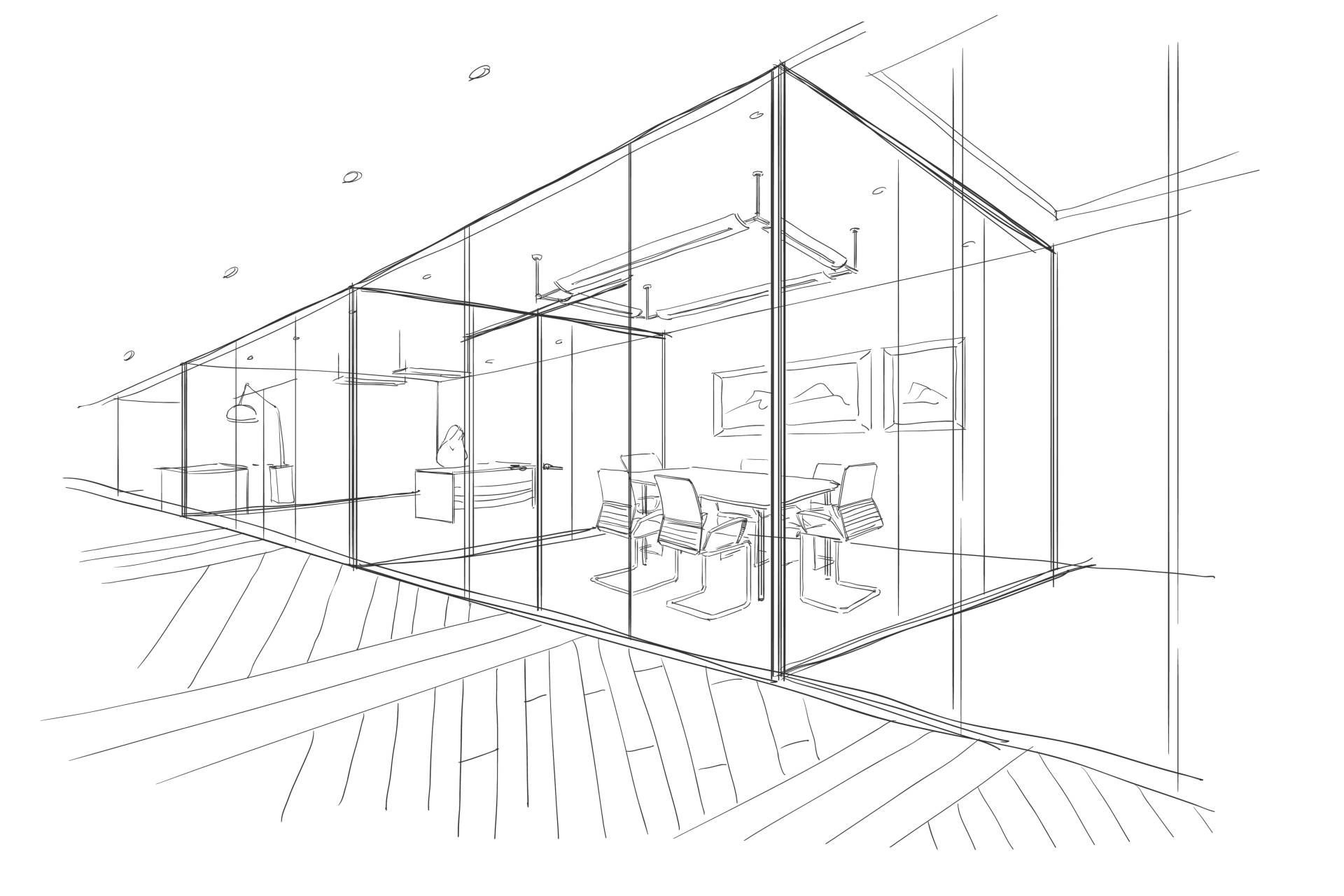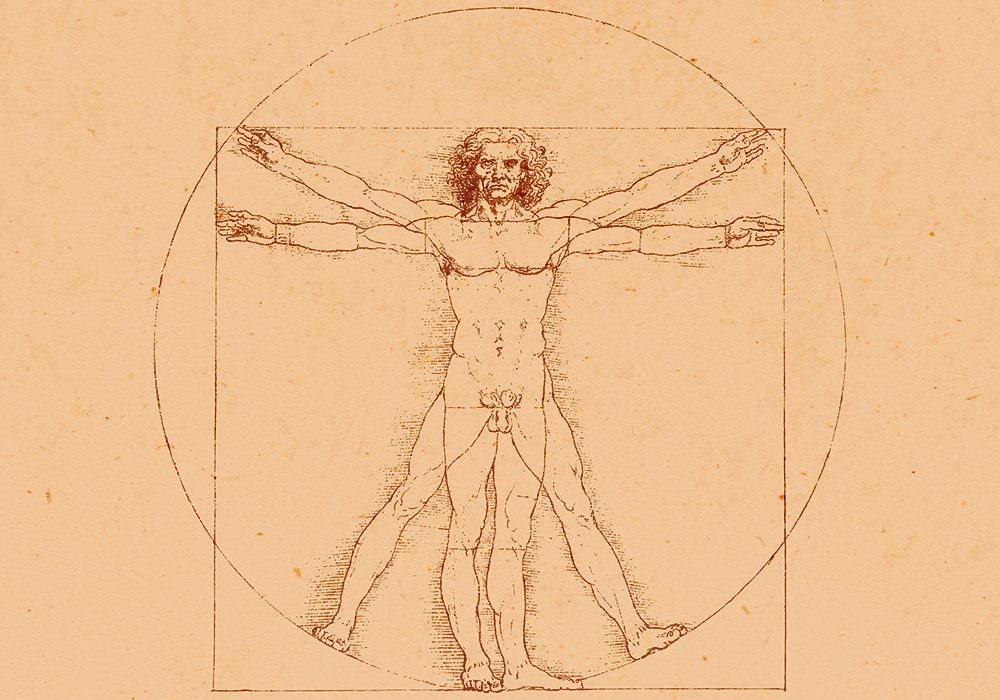Beauty is a quality that attracts us and delights our senses. Whether it is a dazzling landscape, the expressive face of a person or the delicate shape of a ceramic plate, beauty manifests itself in many forms. Coming from the Greek “Kalia” (beautiful), the concept of beauty implies an inner order that is pleasing to the perceiver. This intrinsic order, which makes an object beautiful, is nourished by its own coherence and harmony.
Aristotle, one of the great philosophers of antiquity, argued that the purpose of art is to reveal the secret essence of things. In organisations, this quest for beauty can be translated into the creation of harmonious and pleasant environments, where every element contributes to well-being and productivity. Organisational aesthetics not only beautifies the physical environment, but can also inspire and motivate those who are part of the organisation, reflecting the essence of its values and objectives.
What will I read about in this article?
- What is organisational aesthetics?
- Approaches to working on organisational aesthetics
- The three lines of research in organisational aesthetics
What is organisational aesthetics?
Aesthetics is the science that studies beauty and is one of the branches of philosophy, although it’s also studied in social psychology, sociology and history. In recent years, aesthetics has also burst into studies related to the field of business management. This is known as organisational aesthetics. As Giada Baldessarelli, professor at the House of Innovation, Stockholm University, and her colleagues point out in “The aesthetic dimension of organisation: a review and research agenda“, it comprises a way of understanding organisational life based on different immediate sensory reactions (sight, hearing, smell and touch) to the material components of the organisation (products, physical environments and material practices).
“Organisational aesthetics not only beautifies the physical environment, but can also inspire and motivate”.
The authors invite us to think about aesthetics as an essential point in business management. There’s increasing interest in offering open, innovative offices and workspaces that seem to enhance creativity and productivity, but this is one of the many options for organisations to manage beauty.
Aesthetics in business
Companies can work on their own organisational aesthetics through physical environments. It is well known that having spaces that breathe calm and peace generates wellbeing in the employees who enjoy them. Therefore, biophilic architecture, which seeks the symbiosis of buildings with nature and interior design planned to achieve the well-being of those who inhabit them, is gaining more and more momentum in corporate decisions, designing new buildings and creating internal environments that encourage reflection, dialogue and collaborative work. This trend is perhaps the most common way of managing beauty in the workplace.
Another way of taking care of beauty in the company is through the visual identity of the organisation. This visual identity is concentrated in a certain way in the logo, with its typography, colours and level of neatness, but also with all kinds of identity materials that the company generates. Therefore, beauty can be managed within the corporate image itself.
If the organisation is dedicated to offering products to the public, there’s management of beauty. It’s crucial to incorporate specialists in order to generate beautiful products.

In fact, for some organisations it’s essential to offer beautiful products —we could think of some brands of cars, minor household appliances, or mobile phones.
Beauty can also be managed in services, either by taking care of the physical environment where such services are offered, but also with the tone in which the service is offered, for instance.
According to experts, aesthetics can also be present in the organisational culture itself, which can range from neatness in internal communications, as well as in all reports and presentations that are generated.
Beauty can also be managed in all public and private events organised by the company. Therefore, there’s a management of beauty that permeates culture, and at the same time culture itself entails an aesthetic.
The three main lines of research in the field of organisational aesthetics
Research on organisational aesthetics is in its infancy. Baldessarelli and his colleagues decided relatively recently to review everything published in this field and to synthesise the results. To do so, they reviewed articles on organisational aesthetics published between 1980 and 2021.
With a final selection of 177 articles published in the best management journals and book chapters, they came to the conclusion that studies of organisational aesthetics have been divided into three broad themes, which could be summarised as follows:
Aesthetics as a stimulus
In this area of research, everything related to aesthetics as a trigger for new individual or collective behaviour has been studied. A classic example concerning employees is how a new office layout changes their well-being.
An example concerning shoppers is how they associate objects perceived as more harmonious with higher quality, based on an actual study with digital cameras and electric kettles. Those products rated as more harmonious by the participants were also perceived to be of higher quality.
Aesthetics as a tool of knowledge
This research area examines aesthetics in organisations as a knowledge. There are organisations that hire designers (e.g. perfume companies) in order to put their aesthetic knowledge into a new material form (bottle). This second field of research aims to understand how aesthetics is a knowledge tool that organisations shouldn’t ignore.
Aesthetics as an open result
This last area of research in organisational aesthetics is where there are fewer studies.

It examines the subjective aesthetic experiences (pleasant or unpleasant) when individuals interact with an organisational environment. Studies in this area examine for example how the subjective perceptions of an academic using the public toilets of a university he’s visiting can modify his perception of said university.
In this field, we speak of aesthetic dumbness, since we all experience sensory perceptions in our interaction with the environment, but we have difficulties in expressing these perceptions verbally. It happens to us when we see a painting we like. Ultimately, this last field of research examines how the aesthetic dimension of an organisation generates immediate emotional and cognitive responses with the people who interact with the organisation.
Therefore, with the different areas in which the organisation can manage beauty (physical environment, corporate image, products and services, organisational culture and campaigns and social networks), as well as the three main lines of research in the field of organisational aesthetics (aesthetics as a stimulus, as a tool for knowledge and as an open result), companies have different ways of integrating aesthetics into their strategy but also into their day-to-day work, not only to strengthen their own brand image, but also to improve the well-being of employees, enrich the experience of customers, and in short, to contribute to society by managing and facilitating what is pleasant for all of us.
Sources:
- Monar, A. (2009). La belleza y la filosofía. Sophía, (6), 181-188.
- Baldessarelli, G., Stigliani, I., & Elsbach, K. D. (2022). The aesthetic dimension of organizing: A review and research agenda. Academy of Management Annals, 16(1), 217–257.
- Gherardi, S., & Strati, A. 2017. Luigi Pareyson’s Estetica: Teoria della formativit?a and its implications for organization studies. Academy ofManagement Review, 42: 745–755.
- https://people.acciona.com/es/tendencias-e-inspiracion/importancia-trabajo-vida-social/


